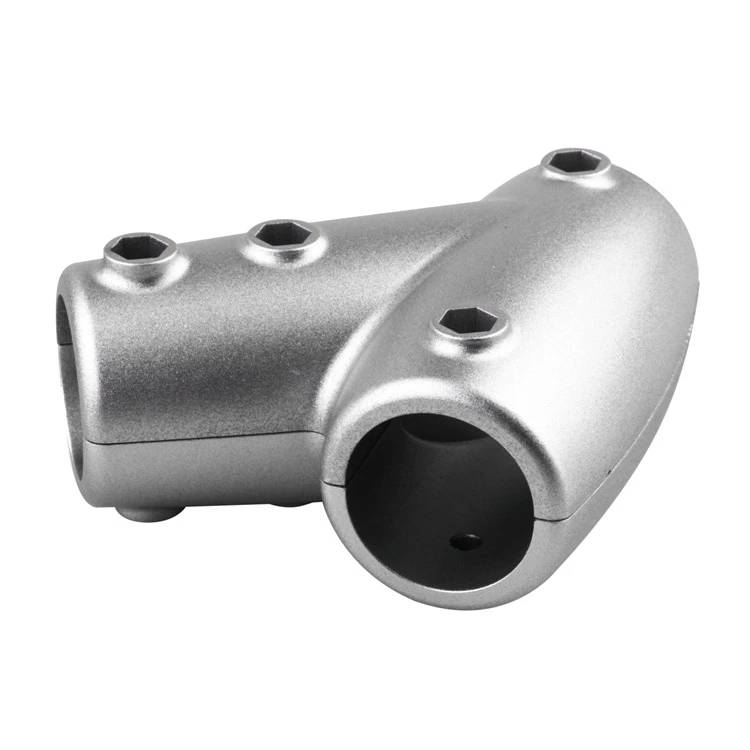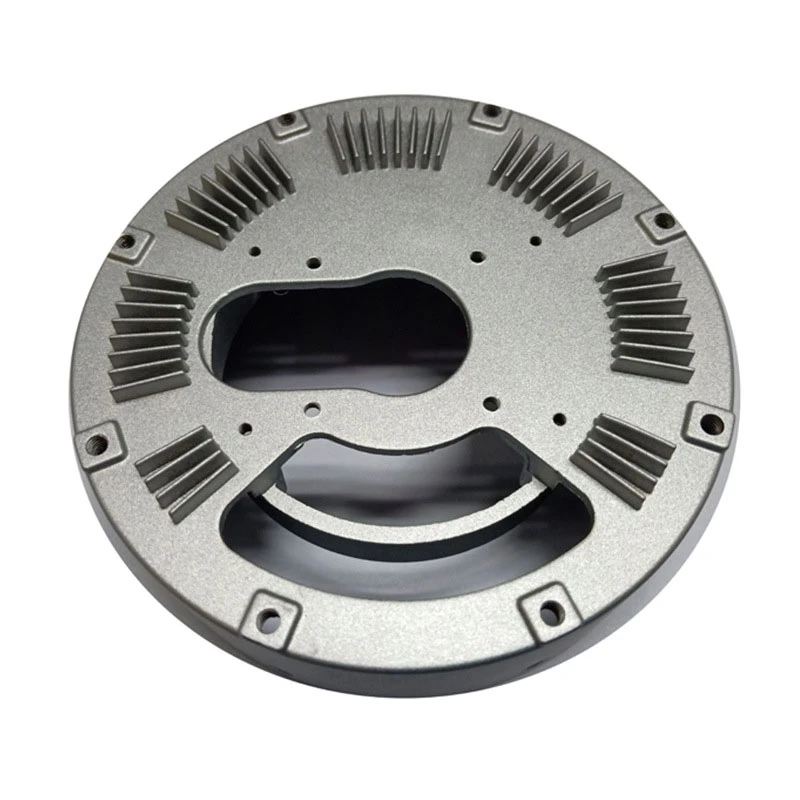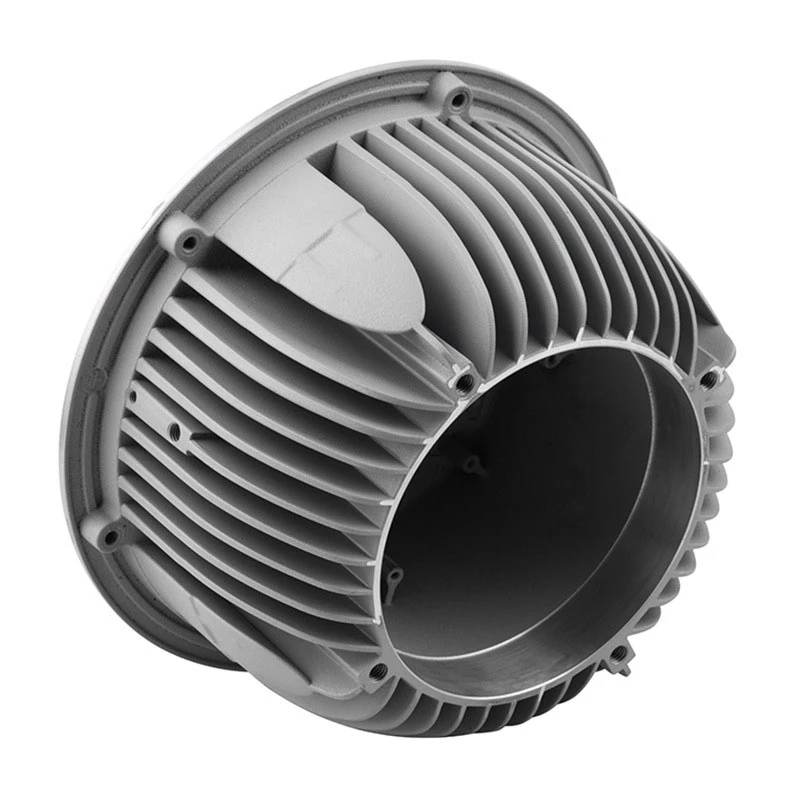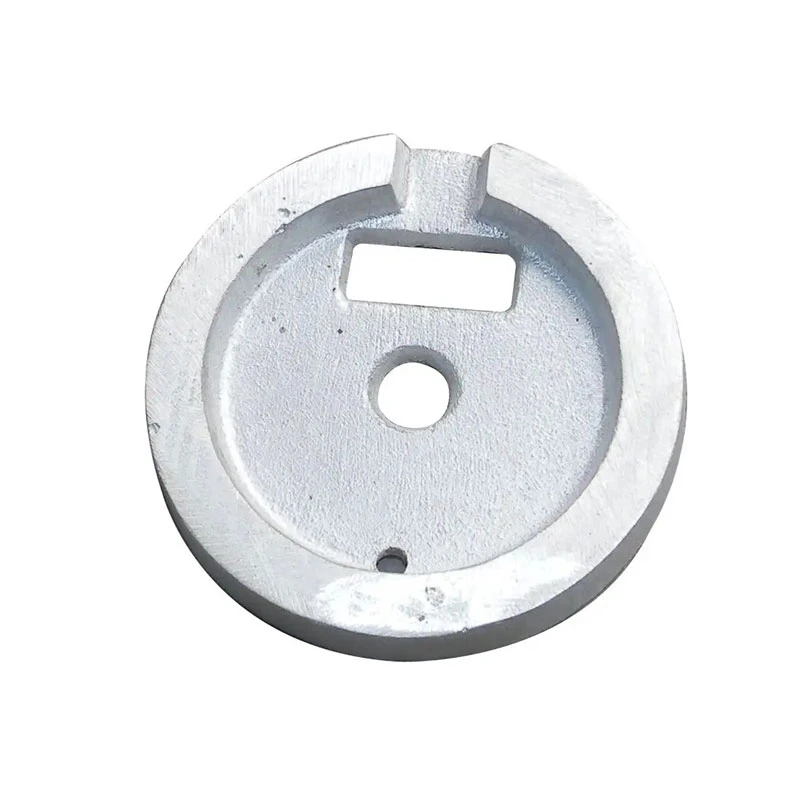Innovative Techniques in Stamping Heat Sink Manufacturing and Design Optimization
The Role of Stamping in the Production of Heat Sinks
Heat sinks are essential components in thermal management systems, particularly in electronics, where they dissipate heat generated by devices to maintain optimal operating temperatures. As technology continues to advance, the demand for more efficient and effective heat dissipation solutions increases. One manufacturing process that has gained significant attention in the production of heat sinks is stamping. This article explores the significance of stamping in the production of heat sinks, highlighting its advantages, processes, and impact on the industry.
Understanding Heat Sinks
Before delving into stamping, it is crucial to understand what heat sinks are and their function. A heat sink is typically made from materials with high thermal conductivity, such as aluminum or copper. Its primary role is to absorb and disperse heat away from electronic components like CPUs, GPUs, and power transistors, thereby preventing overheating and ensuring reliability and longevity of the devices. The design of a heat sink often features fins, grooves, or other structures that increase its surface area, allowing for more efficient heat exchange with the surrounding air or other cooling media.
The Stamping Process
Stamping is a manufacturing process that involves using a die and punch to shape metal sheets into specified forms. It is a versatile and efficient technique used in various industries, including automotive, aerospace, and electronics. In the context of heat sink production, stamping offers several advantages that make it a preferred method over traditional machining processes.
Advantages of Stamping for Heat Sinks
1. Precision and Consistency Stamping allows for high precision and consistency in the production of complex shapes and designs required for effective heat sinks. The ability to produce identical parts in large volumes ensures that each heat sink meets the required specifications, leading to improved performance and reliability.
stamping heat sink
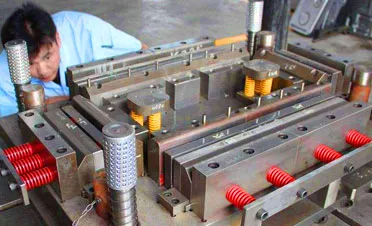
2. Cost-Effectiveness The mass production capabilities of stamping significantly reduce manufacturing costs. While the initial investment in tooling can be high, the long-term savings in labor and materials typically outweigh these costs. This is particularly beneficial for companies that require large quantities of heat sinks.
3. Material Efficiency Stamping generates less waste compared to other manufacturing processes, such as machining, where a significant amount of material may be removed to achieve the desired shape. This reduced waste not only lowers material costs but also has a positive environmental impact.
4. Enhanced Thermal Performance The design flexibility offered by stamping enables the creation of intricate geometries that can enhance the thermal performance of heat sinks. Features such as fins can be optimized for maximum airflow and heat dissipation, contributing to improved cooling efficiency.
5. Automation and Speed The stamping process can be automated, allowing for high-speed production. This is particularly important in industries where time to market is critical. Automated stamping ensures that production lines can operate continuously with minimal human intervention, increasing throughput and efficiency.
Applications of Stamped Heat Sinks
Stamped heat sinks are widely used in various electronic devices, from consumer electronics to industrial machinery. They play a crucial role in maintaining the performance of computers, LED lights, automotive components, and telecommunications equipment. As electronics continue to miniaturize and increase in power, the demand for high-performance heat sinks only grows.
Conclusion
The stamping process has become an integral part of heat sink production, offering numerous advantages that align well with the demands of modern technology. Its precision, cost-effectiveness, material efficiency, and ability to produce complex designs make it an optimal choice for manufacturers. As the electronics industry continues to evolve, the role of stamping in producing innovative and effective heat sinks will undoubtedly expand, contributing to the advancement of thermal management solutions and the overall performance of electronic devices. The future of heat dissipation lies in efficient manufacturing techniques like stamping, which will help ensure that our technology continues to operate reliably and effectively as power demands increase.
-
Top Extras Casting Solutions Die Casting and Sand Casting Experts High-Quality Casting and Die Casting ServicesNewsJun.10,2025
-
Top SS Casting Manufacturer Aluminum Die Casting Manufacturer China Precision Die Casting Company SupplierNewsJun.10,2025
-
High-Quality Brass Casting Sand for Precision Sand Casting Brass at HomeNewsJun.10,2025
-
Affordable Aluminum Sand Casting Solutions Custom PartsNewsJun.09,2025
-
High-Quality China Sand Casting Services Cost-Effective & ReliableNewsJun.09,2025
-
Premium Hot Stamping Parts Durable Plastic Decor SolutionsNewsJun.09,2025








